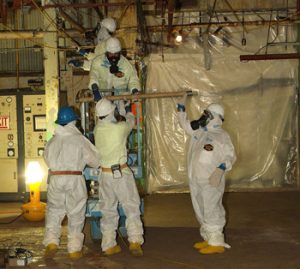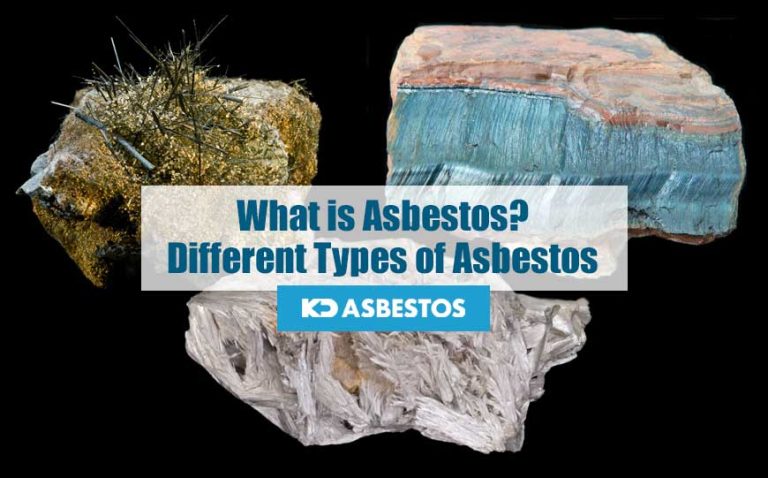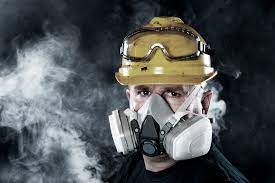How much asbestos exposure dangerous?
Understanding Degrees of Asbestos Exposure
The degree of asbestos exposure, such as a one-off exposure or repeated cumulative exposure, determines the likelihood of developing an asbestos-related disease. Asbestos-related diseases kill thousands of Americans every year. Past asbestos exposure resulted in almost 40,000 U.S. deaths in 2016 alone, according to the International Commission of Occupational Health.
It’s wise to be alert to the dangers of asbestos exposure, and it is understandable to worry if you discover you have been exposed to asbestos. But it is also important to discern between different degrees of asbestos exposure.
Short-Term Exposure Fast Facts
Light, short-term exposure rarely causes disease
A one-off exposure from do-it-yourself renovation is not a major risk
Asbestos exposure is cumulative, so short-term exposures can add up
Disasters may cause extreme asbestos-exposure events
Asbestos has a deadly reputation, but many people only vaguely understand why the toxic mineral is dangerous.
Some people may think asbestos is a chemical that can accumulate in the food chain or be absorbed through the skin, like certain pesticides. People may even worry they will get sick just by being near an asbestos-containing product, as if asbestos were radioactive.
Fortunately, neither of these things is true. In reality, hazardous asbestos exposure happens when someone inhales or swallows asbestos dust.
When asbestos-related diseases develop, it is usually because millions of microscopic mineral fibres have accumulated in a person’s lung tissue or a membrane lining in the body.
 Asbestos Exposure Can Happen Anywhere
Asbestos Exposure Can Happen Anywhere
Most people have been exposed to relatively lower levels of asbestos fibers at some point during their lifetimes, typically from the asbestos contamination in the outside ambient air and inside background air that we breathe. In addition, people who are exposed to relatively higher amounts of asbestos fibers from their work, construction projects, hobbies, or coming into contact with someone else who has been occupationally exposed to asbestos have a more increased risk of developing an asbestos-related disease. Each exposure from any source in any amount contributes to your total lifetime dose of asbestos, which increases your risk for developing an asbestos-related disease such as mesothelioma, asbestosis, lung cancer, and other cancers.
Asbestos Exposure in Work Settings Leads to Higher Risk
Studies of workers exposed to asbestos in occupational settings suggest that not all people exposed to the same doses of asbestos are affected equally. An individual’s susceptibility to developing an asbestos-related disease is likely determined by a number of factors including genetics, smoking history, and timing of initial exposures. Government agencies like the Occupational Safety and Health Administration have established regulations imposing a duty on employers to keep total occupational asbestos levels within a workplace below an eight-hour time-weighted average for each day. The current OSHA PEL is .01 f/cc. However, these regulations do not establish safe levels for asbestos exposure. They are only designed to reduce the risk for workers and explicitly state that they expect to find excess cancer even below that level and that there is a minimum safe threshold level.
How Dangerous Exposure to Asbestos?
Any amount of asbestos exposure is considered dangerous. The risks of serious illness are greater for individuals exposed to high levels of asbestos. Those individuals face a higher risk even if that exposure occurs over a short period. If a person experiences many short-term exposure events over time, even at a low level, they may also be more at risk of developing an asbestos-related illness.
Several factors contribute to an individual’s level of risk from short-term asbestos exposure, including:
- Ventilation in the exposure area
- Use of the proper personal protective equipment
- Containment of the asbestos within a material, such as flooring tiles
- If the asbestos was friable (crumbled or easily becomes airborne)
- If the individual has any pre-existing health issues
How does asbestos affect my health?
Asbestos fibres are not harmful unless they are released into the air. When they are released, the fibres break down into tiny particles. The particles become airborne, and we inhale them. Then they collect in the lungs, causing scarring and inflammation. Several U.S. health organisations have classified asbestos as a carcinogen, a cancer-causing substance.
Exposure to asbestos can increase the risk of developing:
- Lung cancer.
- Asbestosis, which causes permanent lung damage.
- Mesothelioma, a rare cancer of the chest and stomach lining.
- Cancer of the gastrointestinal tract, kidney and throat (larynx or oropharynx).
- Scarring of the lung lining.
- Pleural effusions, when fluid collects around the lungs.
Reference-
Thank you for reading this information about asbestos, we have written an article on the best 30 “Asbestos Removal Melbourne” Companies. Please take a read.
https://www.asbestossafety.gov.au/







